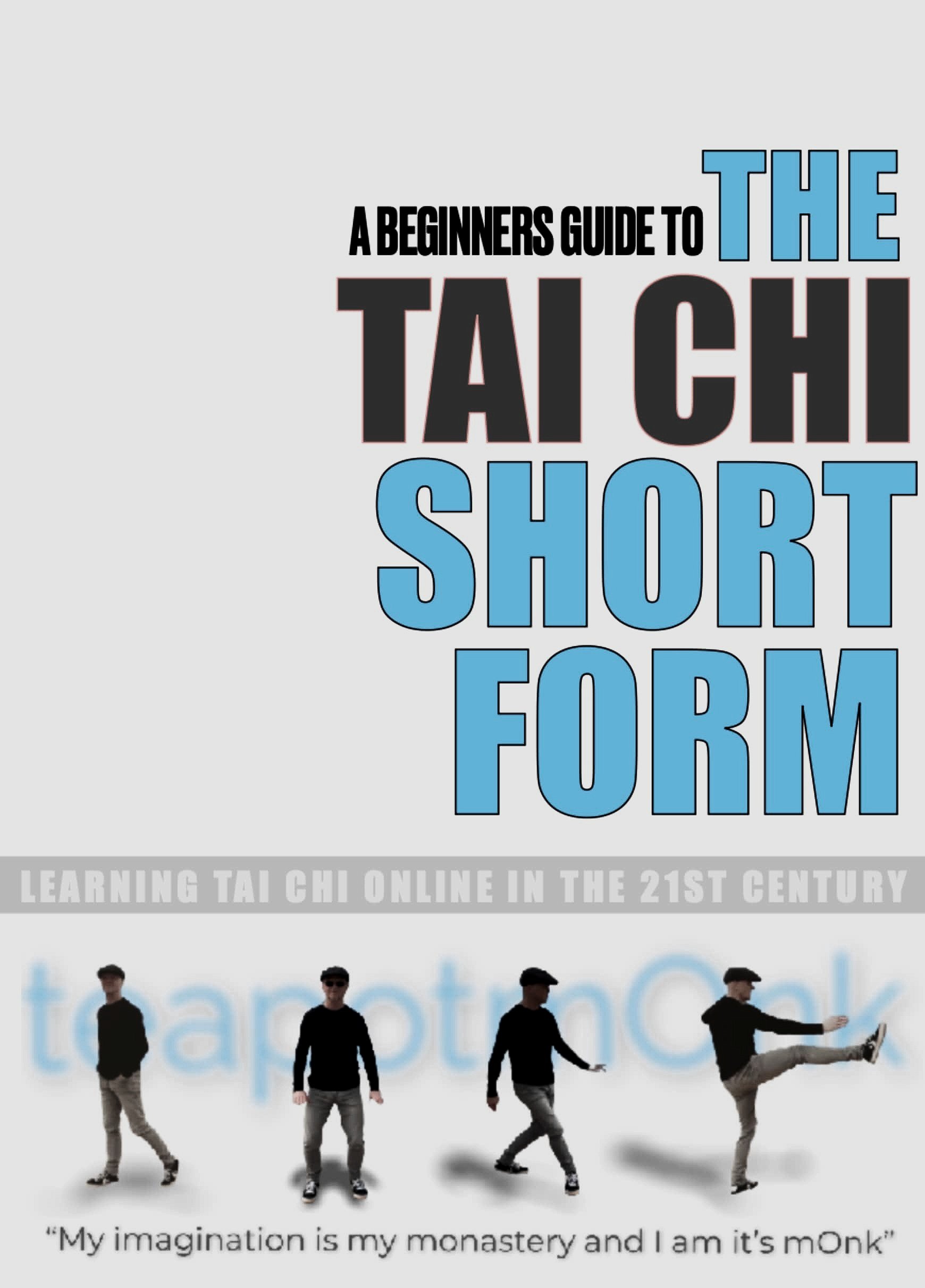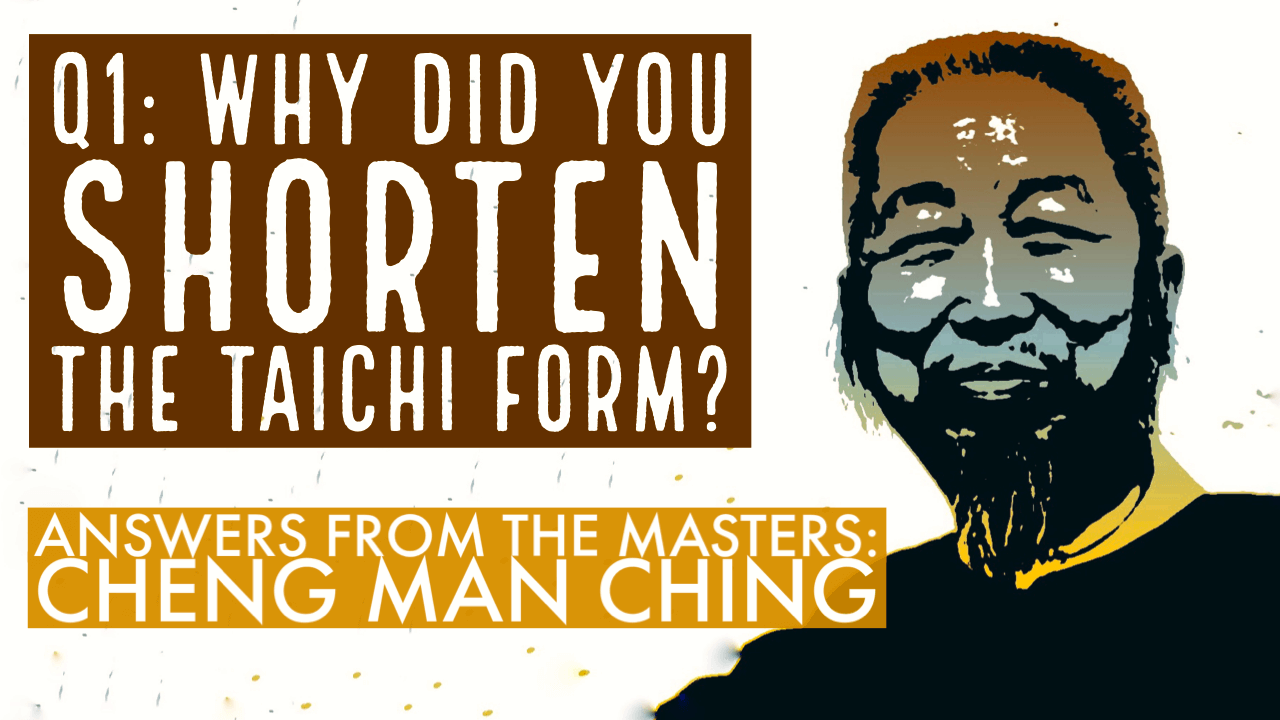A history OF Tai Chi and the role played by Cheng Man-ch'ing
Once upon a time, one man decided to change the way Tai Chi was taught, the way it was learnt and the relevance of it’s practice for future generations. His story can tell us much about the way it is taught and practised today.
Traditional Tai Chi has often been criticised for its inward looking evolution. It has historically kept its practices within family circles and has shown itself to be dismissive of new variants. Even when Cheng Man-ch'ing allegedly received permission from senior students to change the Tai Chi he had been taught, there remains to this day, a remarkable controversy over the repercussions of his changes. Yet, the popularity of such changes sent ripples out into the world, ripples that finally nudged other Tai Chi styles to follow suit. The history of that decision and its long term consequences are the subject of this article.
A Brief History OF TAI CHI
It is as difficult to find two Tai Chi practitioners that agree on the history of the art as it is to find common ground between political parties, computer operating systems or religious factions. Loyalties can blind us in our selective experiences and perspectives. But, were we to start somewhere, it is widely accepted that the history of Tai Chi began with the fusion of a dozen or so martial postures into a single routine, formalised by the Chen family a few hundred years ago. Over time, this fusion adapted slowly without great changes, until an outsider, Yang Lu Chan developed a very different version that became widely popular. Encouraged by his success, others jumped on the bandwagon, notably Wu, Sun and a host of other related styles, each claiming to be more authentic, traditional, practical and beneficial than the other.
Clearly, not everyone could be right, so the two great Tai Chi families - Chen and Yang decided that they would try to preserve the styles as they were originally created in an attempt to hold on to their claims of authenticity. But as with everything that is preserved, (unless it is a jam or dried fruit) it begins to lose shape, flavour and colour after a while. This wasn’t immediately noticeable, but as other variations and adaptations took off, the older schools began to worry about the uncontrolled spread and dissemination of Tai Chi across the globe. As too did the government of China.
UNESCO and Tai Chi
In December of 2020, UNESCO added Tai Chi to their Intangible Cultural Heritage list. Beijing had been trying for years to see the art added and finally, the art was consolidated into the official nature of the state, with its preferences and selective support for those styles still rooted in mainland China. After all, the Chinese Government had to do something about all those westernised versions of the art spreading with such popularity across the globe.
This is course is where our protagonist Cheng Man-ch'ing comes in to the story. He had originally learned Tai Chi from the Yang family representative, Yang Chen Fu (grandson of Yang Lu Chan, who we met earlier). Yang Chen Fu had already reduced the number of moves in the form by 2/3rd's and in addition, had decided to take out many of the faster and more dynamic postures. These changes were to have a profound influence on Cheng Man-ch'ing, who in turn went on to shorten the “long version” of the Tai Chi form in order to further expand its reach into the greater public domain. It was a before and after moment.
Cheng Man-ch'ing: FROM Revolution to Taiwan
At the time of the Communist revolution many Chinese - for cultural, political or economic reasons - chose to flee to another country. Cheng Man-ch'ing was one of those that left the mainland to live in Taiwan where he opened a Tai Chi school and taught his new popular version of the art. As the exiled practitioners began to spread the art to other countries, the Chinese government responded in the 1950s by promoting their own shortened version of Tai Chi. This new version was an amalgamation of the traditional family styles that had remained on the mainland. it would be this new Form, and of course the traditional loyal families, that would benefit from the Government’s promotion of the art.
Cheng Man-ch'ing in New York
By the mid 1960s, Cheng Man-ch'ing had been invited to move to New York where he again set up a school and for the next 10 years taught Tai Chi, calligraphy, painting, Tai Chi sword and traditional Chinese medicine.
What made this seemingly uneventful decision controversial was that Cheng Man-ch'ing chose to teach westerners. He had been invited over by the business community in New Yorks China town to teach the Chinese what were called the "5 Excellencies". But Cheng Man-ch'ing chose to open his doors to everyone irrespective of age, race or gender. Much to the horror of the traditional Chinese community, he turned no-one away. In response, the rumours were circulated that he taught only a "watered down" version of Tai Chi, removing the "deadly strikes" and the "secrets of internal strength." In other words, he was not teaching the “real thing”. Only by learning from the traditional families would a student learn “real Tai Chi”. Cheng Man-ch'ing merely smiled and nodded and let the rumours spread. Those same rumours still continue to circulate the forums, training halls and minds of many Tai Chi schools today.
Watch Lee here in this video performing (seated) the Grasp Sparrow section of the Cheng Man Ching Short Form)
Bruce Lee and Cheng Man-ch'ing
At the same moment that Cheng Man-ch'ing was teaching westerners in the USA, another recently arrived immigrant named Bruce Lee had set up a martial arts school and began to teach Americans the traditional Chinese martial arts. He too was challenged by the Chinese community in San Francisco and was to told to stop teaching foreigners and to not reveal the "secrets" of the arts. But neither Bruce Lee nor Cheng Man-ch'ing listened to these traditionalists, convinced that it was more important to spread the message and benefits beyond the old boundaries and bring the arts to new audiences, expose it to new influences and hopefully, enable new opportunities for the evolution of their arts.
A COMMON HISTORY TO ALL OF THE MARTIAL ARTS
The history of all the martial arts remains one of contested dissemination. Whenever a new direction is taken, a new art created or evolved, the old guard always does what it can to stop it spreading. Then, as it gains traction and establishes itself, finally becoming the new normality, it in turn becomes intransigent itself.
The only means to avoid such a spiral of stagnation was to open the art to more influences and conditions, something both Bruce Lee and Cheng Man-ch'ing actively encouraged through reinterpretation and evolution. As immigrants themselves, they recognised the need for each art to adapt to new cultures, different races and to the conditions and time in which they lived.
(Watch the 5 Short Interview Snippets here with Cheng Man-ch'ing as he speaks openly about his teaching)
Cheng Man-ch'ing's classes encouraged this. Though his school was a place of respect, it was not necessarily one of discipline. According to his New York students, no-one bowed or placed their hands together in greetings in the way it is obsessively done today. No-one delighted in the cultural appropriation rituals found in training halls across the Western world today. No-one was expected to wear satin uniforms or take gradings, buy a mug or emulate the wispy beard of Cheng Man-ch'ing.
Laughter could be heard more than the striking of a gong or a punch bag. Cheng Man-ch'ing's only desire was to spread the message as widely as possible. This he believed, meant less of a focus on the martial (as indeed was the belief of each of his predecessors) and instead to emphasise other aspects, such as the life-style skills, longevity and the rich and profound philosophy. For these, he believed, would outlast the short term physical gains, and better serve the health and well-being of those people who came to him to learn.
Cheng Man-ch'ing: the professor film
The life of Cheng Man-ch'ing has been captured in a film called: The Professor. It is a story of travel and a story of cultural exchange, adaptation and empowerment. It is the story of an art that opens itself to another time and place and in so doing lays down a blueprint for others, so that they too may further develop its practices and principles.
This is what makes his approach so interesting. Not because anyone claims that the Cheng Man-ch'ing style is the more authentic, real or practical Tai Chi style, (all very subjective notions) but rather it is one of the most adaptive Tai Chi styles that has shown itself best suited to embrace change as it moves across the world.
A CONCLUSION: Some argue that his style has changed so much it is no longer Tai Chi in the traditional sense. But Tai Chi was once a series of separate postures? Should we return the art to that? It was once only taught to members of the same family? Should we return to that practice? Should it never evolve or change? Should it never be allowed to adapt to different times and places and the needs of a new generation?
History of course, will always have its place. But we should also remember that when water stops running, it stagnates. (See Lee Remix Video).
Watch the videos below for more discussion and debate on the subject. Got a comment? let me know what you think on Social media, forums, or email.
More videos and links on Cheng Man-ch'ing
You can watch the film for just 99p on Apple TV or get the DVD. You can also read more about Cheng Man-ch'ing in the book One Last thing or explore this great new course on the Cheng Man-ch'ing 37 Step Form with the teapotmonk.
This radically new approach to learning features a wide variety of teaching methods, including history documents, audio-stories, interviews, webinars, discussions with other teachers as well as filming of the moves using gifs, 360 degrees angles, overhead shots and more.










